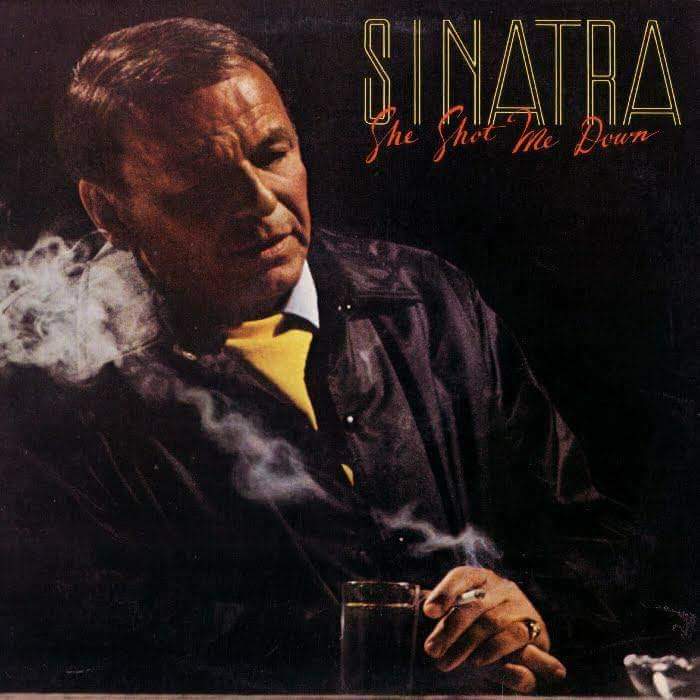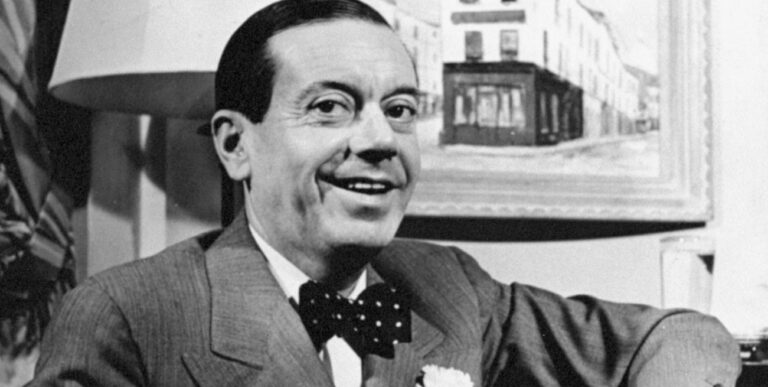
SHE SHOT ME DOWN
By Mahnuel Muñoz
The New York dawn covers with thick makeup the bruises that delinquency and crime leave on their skin every day. She wears her darkest dress and wears a perfumed collar with the smell of rotten fruit and promise. Their neon jewelry paints rainbows with the restlessness in which young people move their plastic and fixative bodies to the beat of a bluish musical heart that utters synthetic verses of love that, helpless, break when they fall against the asphalt.
It is the year in which MTV is launched, the television channel whose success represents a radical change in the way not only of selling popular music, but of conceiving and recording it; Filming a good video is more important to breaking into the scene than having a good song. This has a negative impact on the quality of the lyrics and will lead record companies to choose a pretty face or an extravagant appearance over a solid talent…something that is perfectly captured in the first video clip broadcast by MTV: “Video Killed The Radio Star”, by the group The Buggles.
In an old church converted into a recording studio by Columbia Records in 1949, time has dissolved. Frank Sinatra records his new work, “She Shot Me Down”, before the microphone, an artistic and vital testimony that may seem out of place and time, but that is born from the same seed as the most popular of the moment, from Soft Cell to Depeche Mode, passing through The Human League: the lying “I love you” that were not picked up by a love that is gone.
Frank Sinatra is the former radio star immune to the strobe power of video. Time has polished the silver of his hair, enflamed the sea of his eyes and aged the gold of his throat, but, at 65 years old, he remains as incomprehensible and relevant as when, as a young Hoboken weakling, he made the Big Bands step back from the stage to make room for him, with his phrasing, his technique and his ability to convey emotions, starting a new era of popular music and bedroom fantasies. To the rhythm of his songs the calendar was stripped, the bobby soxers fainted and the music industry as we know it today has developed. But in 1981 Frank is more than ever a philosopher and poet who toasts his ghosts, seeking to decipher the mysterious melody locked in the fiery violin that is the woman and wondering why time passes so quickly and where it goes.
After each take, the echo of Frank’s voice and the cry of the violins permeate the once glorious walls of the studio, where he lives out his last days. For decades it was considered by some in the music world to be the best recording studio in history. The large floor area and the ceilings almost one hundred meters high gave a clean sound to the inspirations and breaths of Glenn Gould, Leonard Bernstein, Duke Ellington, Dizzy Gillespie, Thelonious Monk and Dave Brubeck. Miles Davis recorded exclusively at this venue during his years at Columbia Records, including the essential “Kind of Blue.” Also here, in 1958, Billie Holiday prayed to the gods of dawn in her iconic “Lady Sings The Blues,” recorded shortly before her death. And Sinatra himself recorded a multitude of songs during the time when he traveled from glory to mud, between the late forties and early fifties.
But Columbia has lost interest in the building. When the contract with the owners ends in 1982, the label will give up its purchase option. The building will be demolished to build an apartment tower in its place.
The album is a tribute to the terminally ill Gordon Jenkins, arranger of Sinatra’s densest melancholy. Having lost the ability to speak and almost to work, Jenkins dresses his songs, in a last effort, with the rigorous mourning that requires this farewell to a way of understanding life, love and music titled “She Shot Me Down.”
The album is also Sinatra’s return, cherished for almost a decade, to those “saloon albums” created between 1955 and 1959 on Capitol Records as a tribute to those fallen from heartbreak; monuments of such dark beauty and such chilling corporeality that they became favorites of suicides and souls who die from the blows of pure life.
Frank began working on the idea after coming out of his brief retirement in June 1973. During the recording sessions for the album “Ol’Blue Eyes Is Back”, with some first approaches to “Bang Bang (My Baby Shot Me Down)”, the great hit of Cher and Sonny Bono, and “Empty Tables”, a classic saloon song by Johnny Mercer and Jimmy Van Heusen, along the lines of “One For My Baby”.
Between May and September 1974, when Sinatra was making the album “Some Nice Things I’ve Missed”, he resumed the project, recording “The Saddest Thing Of All”, a beautiful composition by Michel Legrand, Pierre Leroyer, Eduard Ruault and Carl Sigman. as well as a new attempt at “Empty Tables” and some superb versions of two old tunes from his time with Tommy Dorsey: “Everything Happens To Me” and “Just As Though You Were Here”.
But at this time, stages around the world demand him, and when he returns to the studio, he shows a dispersed attitude, tending towards a more contemporary sound, to the point of daring to try country and disco music. Even so, he is able to find time, in February 1976, to immortalize a magical, almost hypnotic moment, recording alone with Bill Miller some exquisite versions of “Empty Tables” and “Send In The Clowns.”
The years continue to pass and the eighties arrive. After the monumental experiment of “Trilogy”, Frank considered bold ideas, among them a new multi-disc album, of songs with a woman’s name, with Nelson Riddle; and the saloon album is finally revealed as the best option, being completed between April and September 1981.
The album opens with “Good Thing Going,” a soft pop ballad written by Stephen Sondheim for the musical “Merrilly We Roll Along.” For a moment we think we are facing a new “Some Nice Things I’ve Missed”, a soft and complacent pop album. But the truth is that the sweet chords of the song are the last lights of an afternoon before the longest and darkest night of the soul.
“Thanks For The Memory”, a comic ballad popularized by Bob Hope in 1938, here becomes the bitter review of the photo album of a love story that died abruptly, under the shots of children’s play that give the album its title.
The protagonist of the songs seeks a refuge in which to relieve the painful echo in his ribs (“South-To A Warmer Place”), wandering through a night with no respite other than the mirages of neon and alcohol (“A Long Night”) , filled with indelible memories and sadistic regrets (“Monday Morning Quarterback,” “I Loved Her”). There will be no end to his escape, and, turned into a ghost, he will only find some relief in the old (un)love songs from his golden days (“The Gal That Got Away / It Never Entered My Mind”). . The parallels with Sinatra’s intimate reality are too close not to consider this album autobiographical.
Without any impact on the charts and, for years, without a CD reissue, it ended up becoming a sought-after cult title that fortunately today is easy to locate and enjoy.
Since ordering is free, I will ask that one day the album be reissued in an expanded version with the “saloon songs” mentioned in the article, recorded between 1973 and 1981.
Tracklist
- “Good Thing Going (Going Gone)” (Stephen Sondheim) – 3:53
- “Hey Look, No Crying” (Jule Styne, Susan Birkenhead) – 5:27
- “Thanks for the Memory” (Leo Robin, Ralph Rainger) – 4:25
- “A Long Night” (Alec Wilder, Loonis McGlohon) – 3:44
- “Bang Bang (My Baby Shot Me Down)” (Sonny Bono) – 3:24
- “Monday Morning Quarterback” (Don Costa, Pamela Phillips-Oland) – 4:38
- “South – To a Warmer Place” (Wilder, McGlohon) – 3:45
- “I Loved Her” (Gordon Jenkins) – 4:04
- Medley: “The Gal that Got Away”/”It Never Entered My Mind” (Harold Arlen, Ira Gershwin)/(Lorenz Hart, Richard Rodgers) – 5:50
Access the Complete Discography of Frank Sinatra in the following link of Sinatra Radio 24h https://sinatraradio24h.com/category/discography/
We remind you that you can also listen to Sinatra Radio 24 hours on your mobile phone by downloading our free applications for Android in the Play Store https://play.google.com/store/apps/details?id=sinatra.radio24h, and free applications for iOS in the Apple Store https://apps.apple.com/app/sinatra-radio-24h/id6599859344








